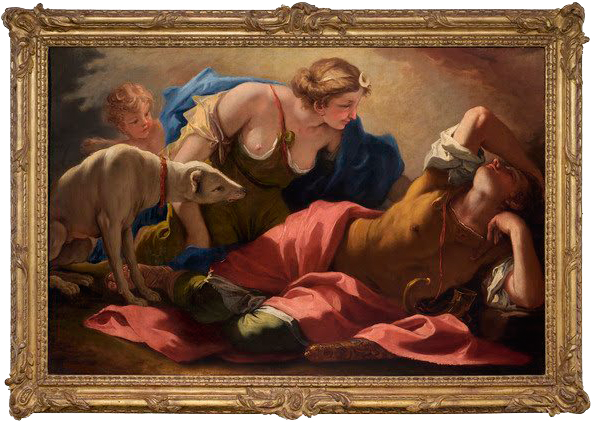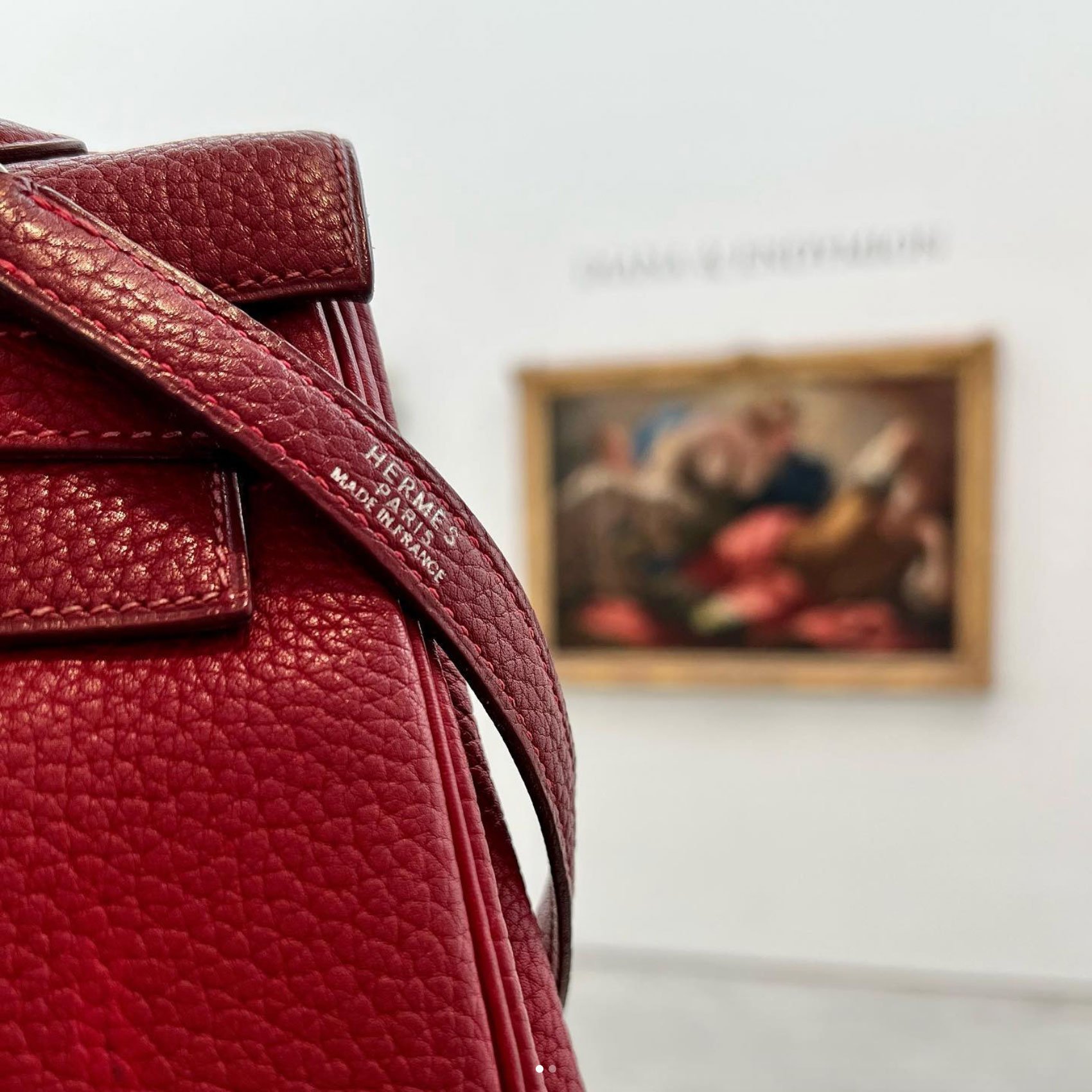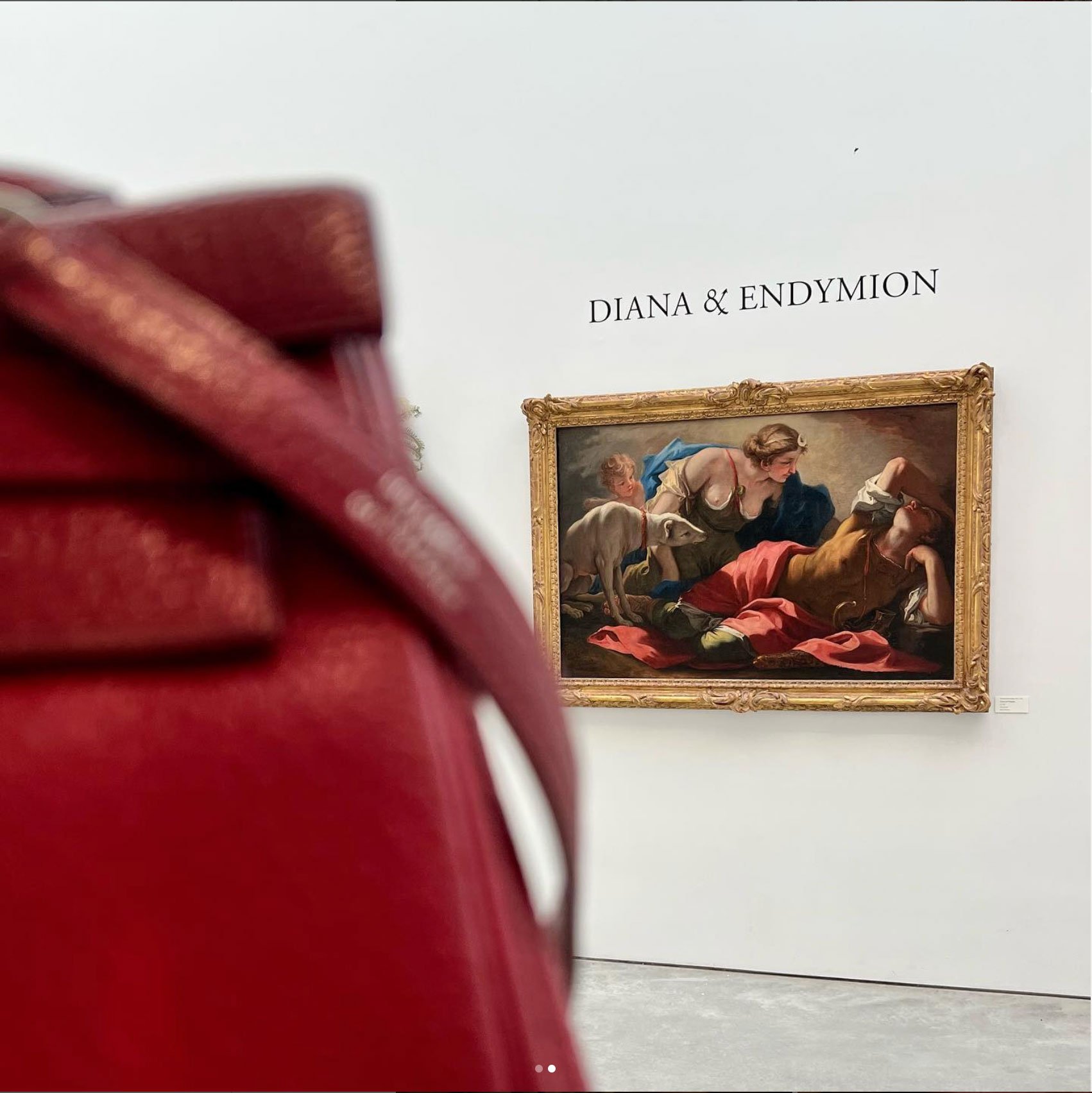Sebastiano Ricci’s Diana and Endymion
Newly Discovered Work by Sebastiano Ricci
October 7 - November 22, 2022. Exhibition located at Highline Nine in Chelsea, NY.

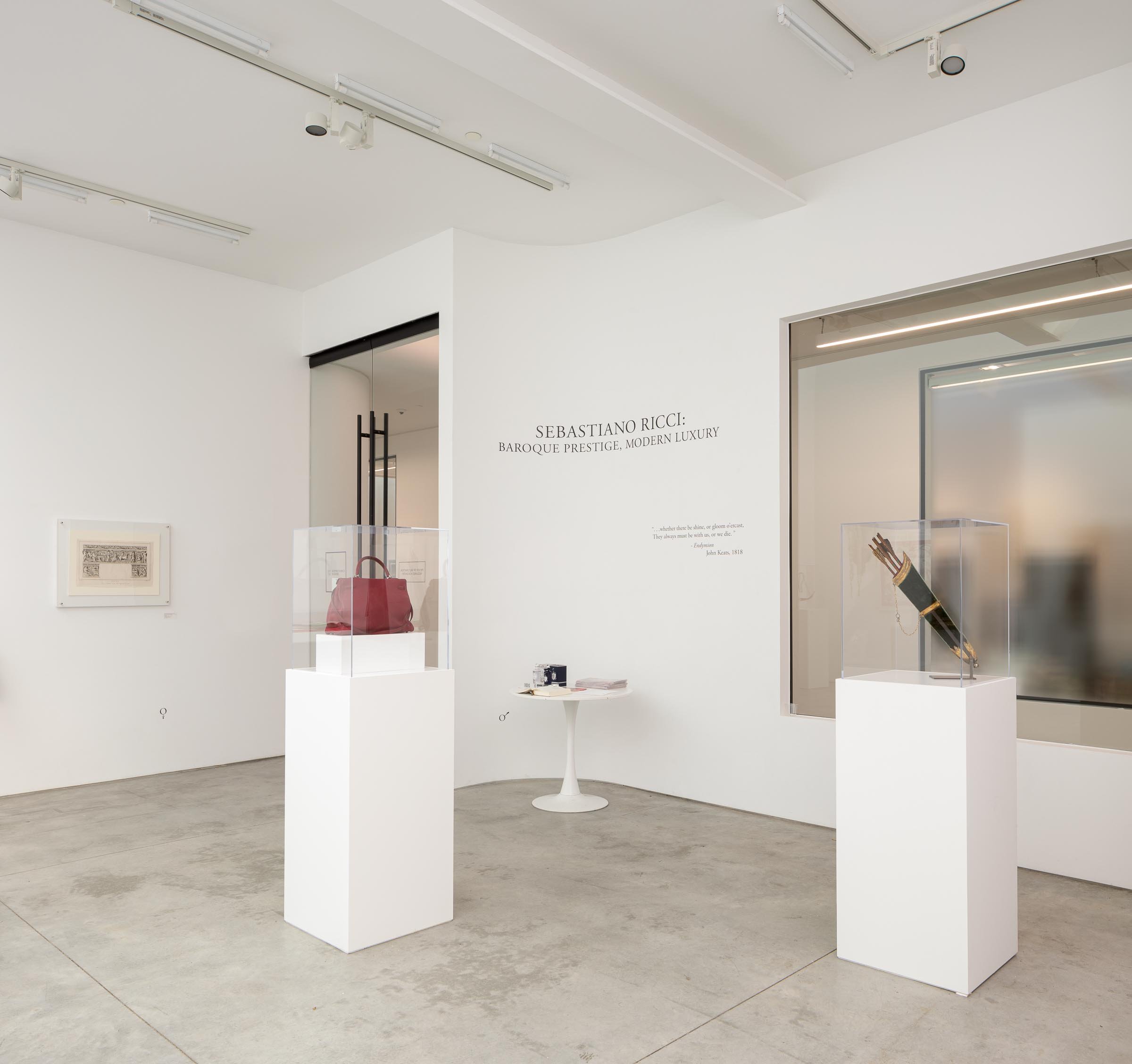
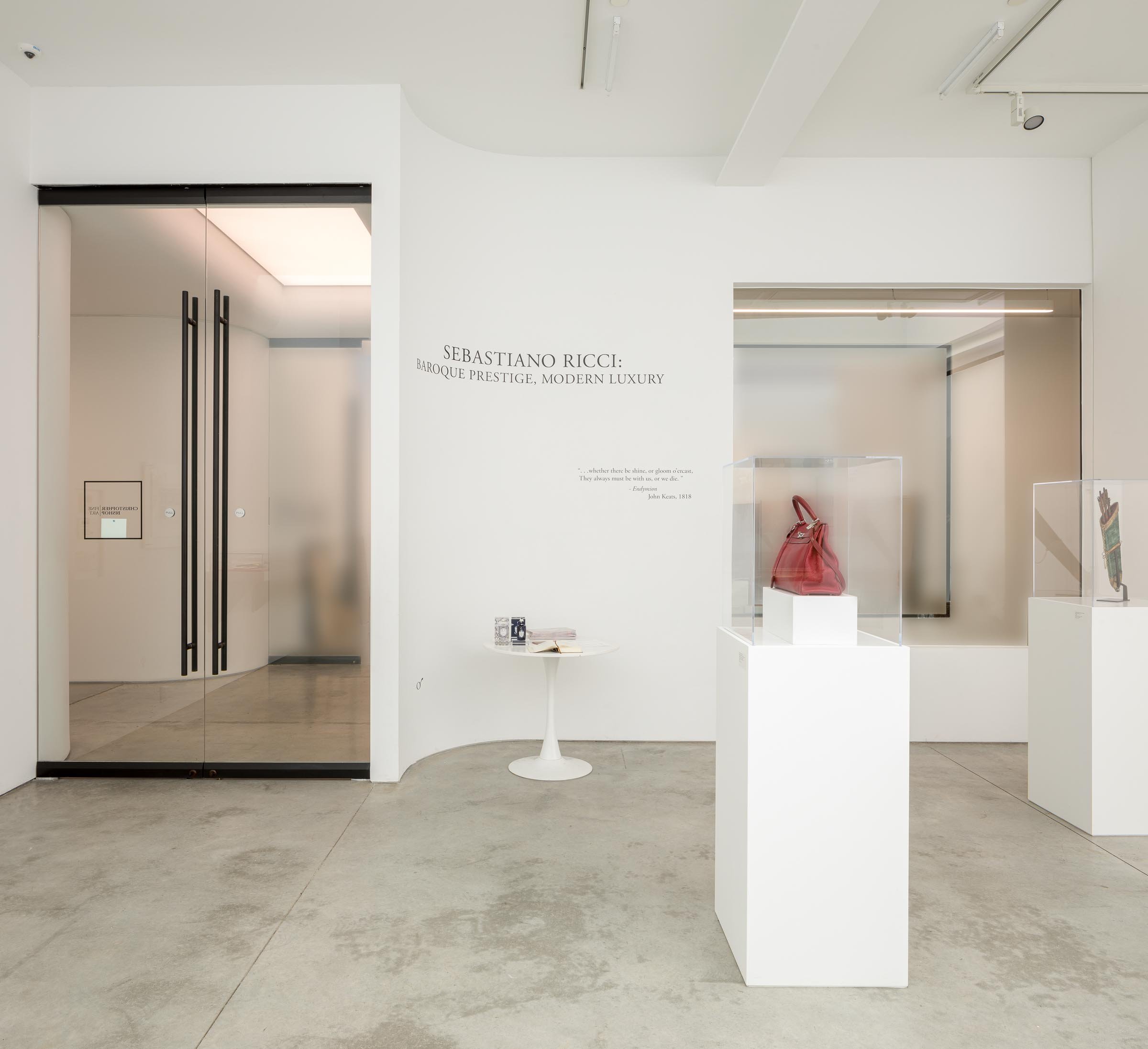
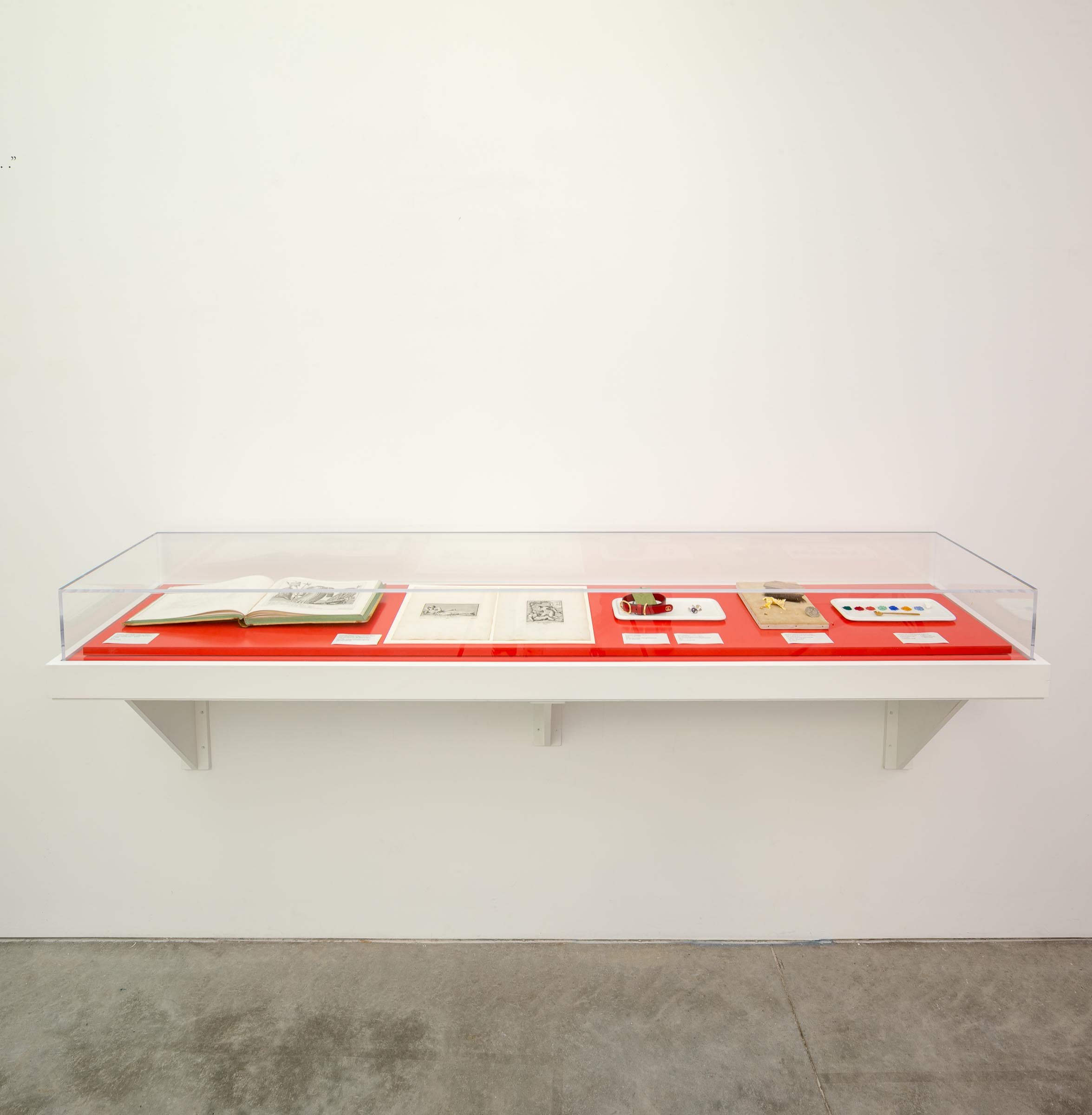
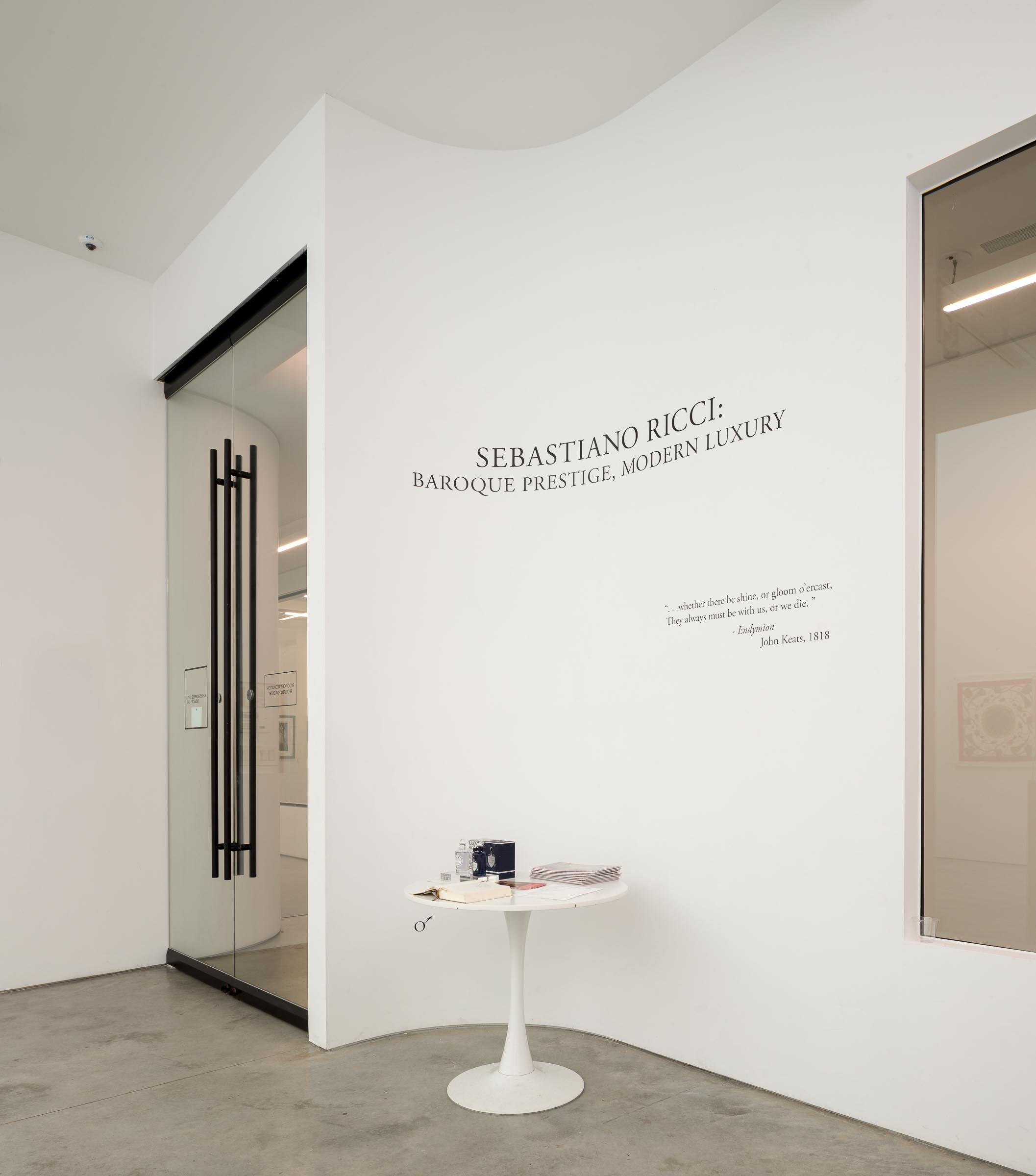
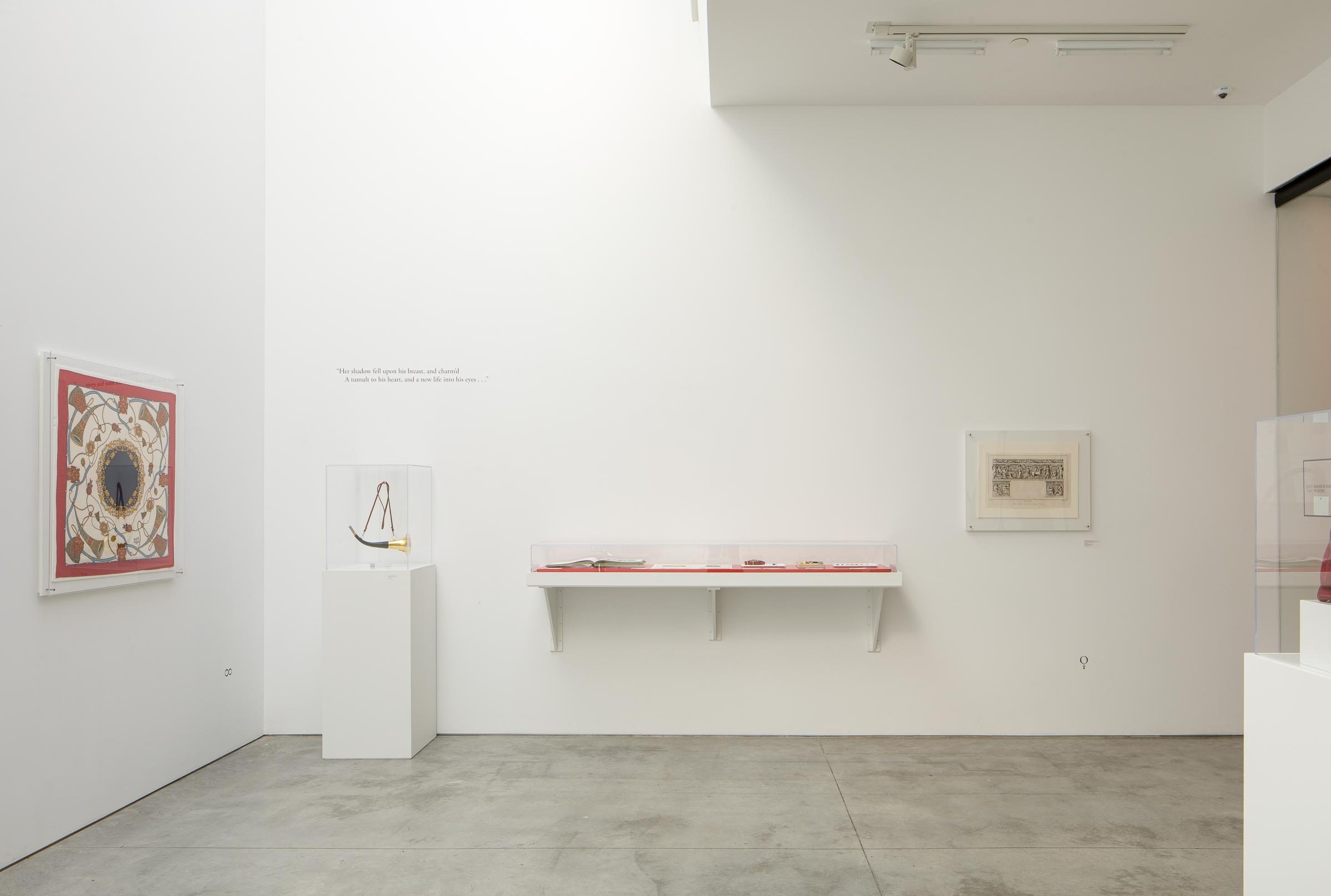
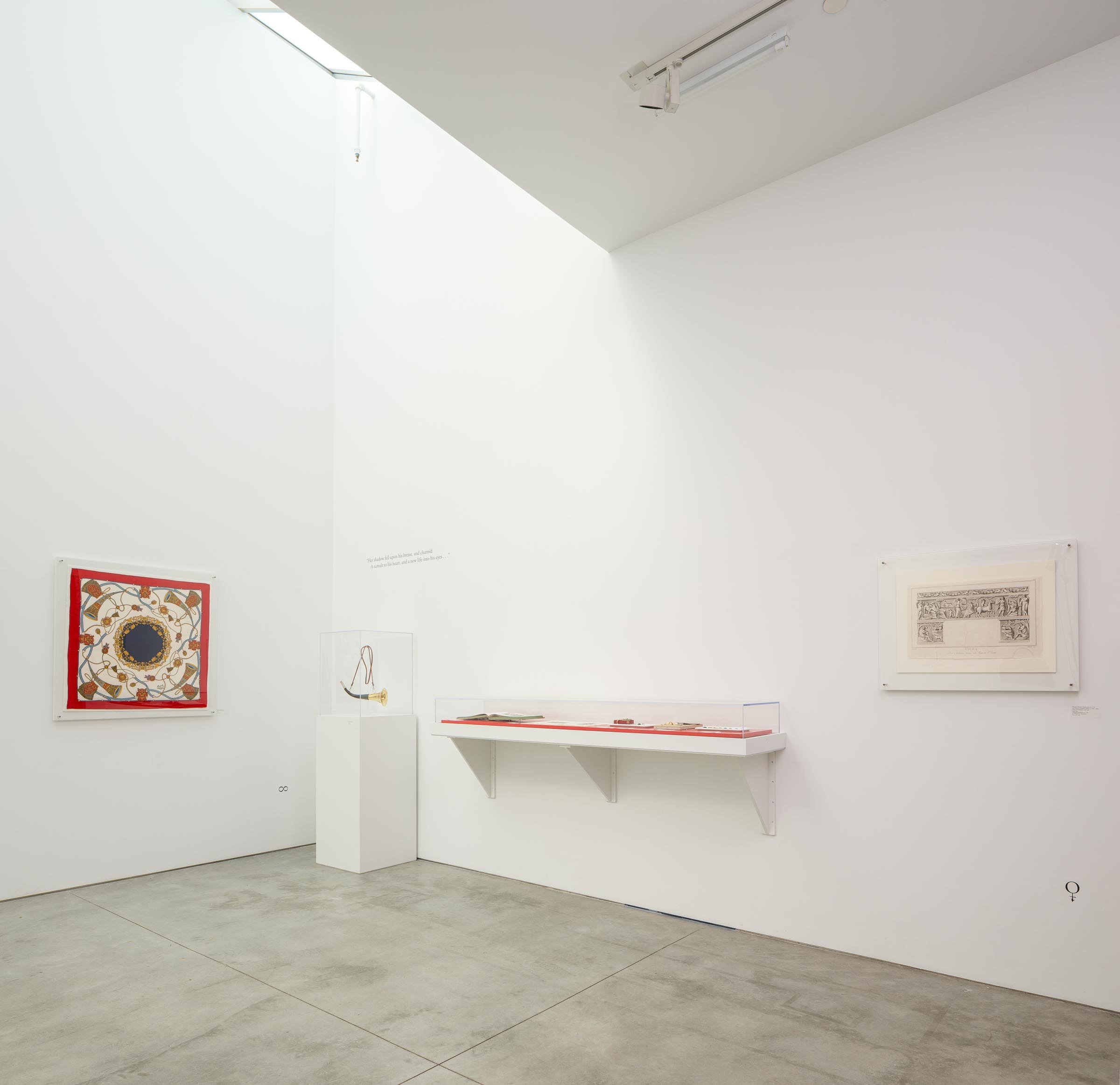
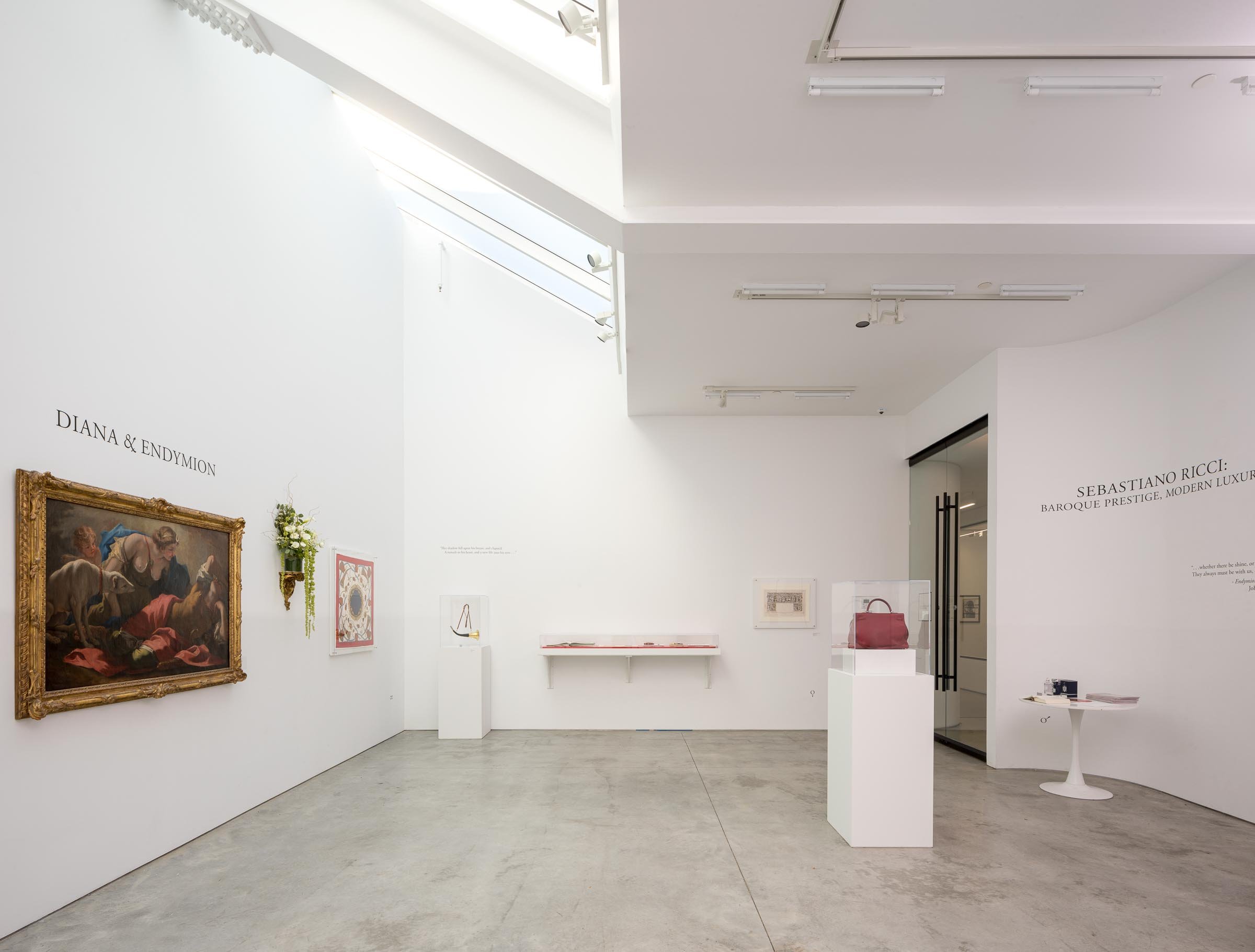
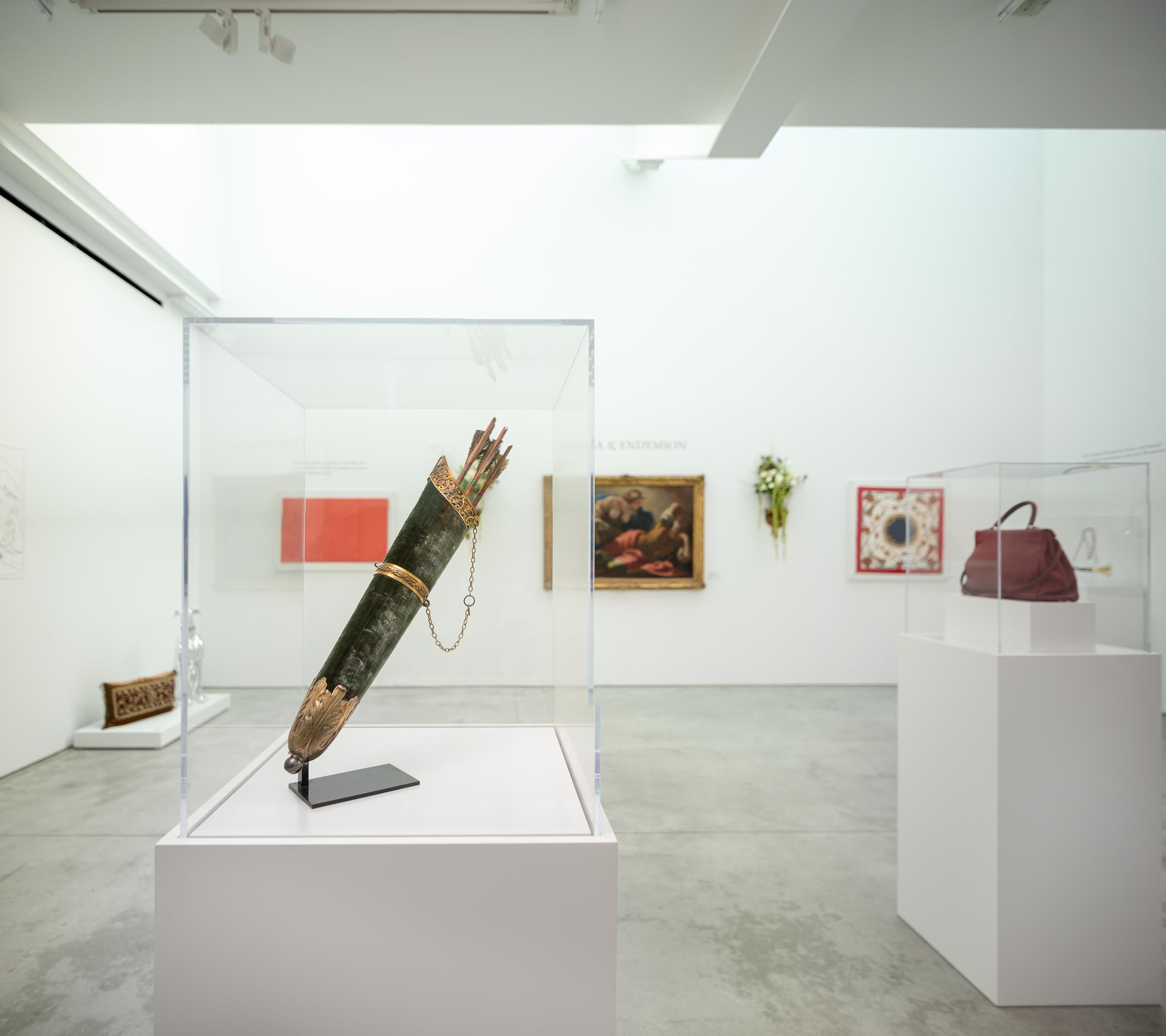

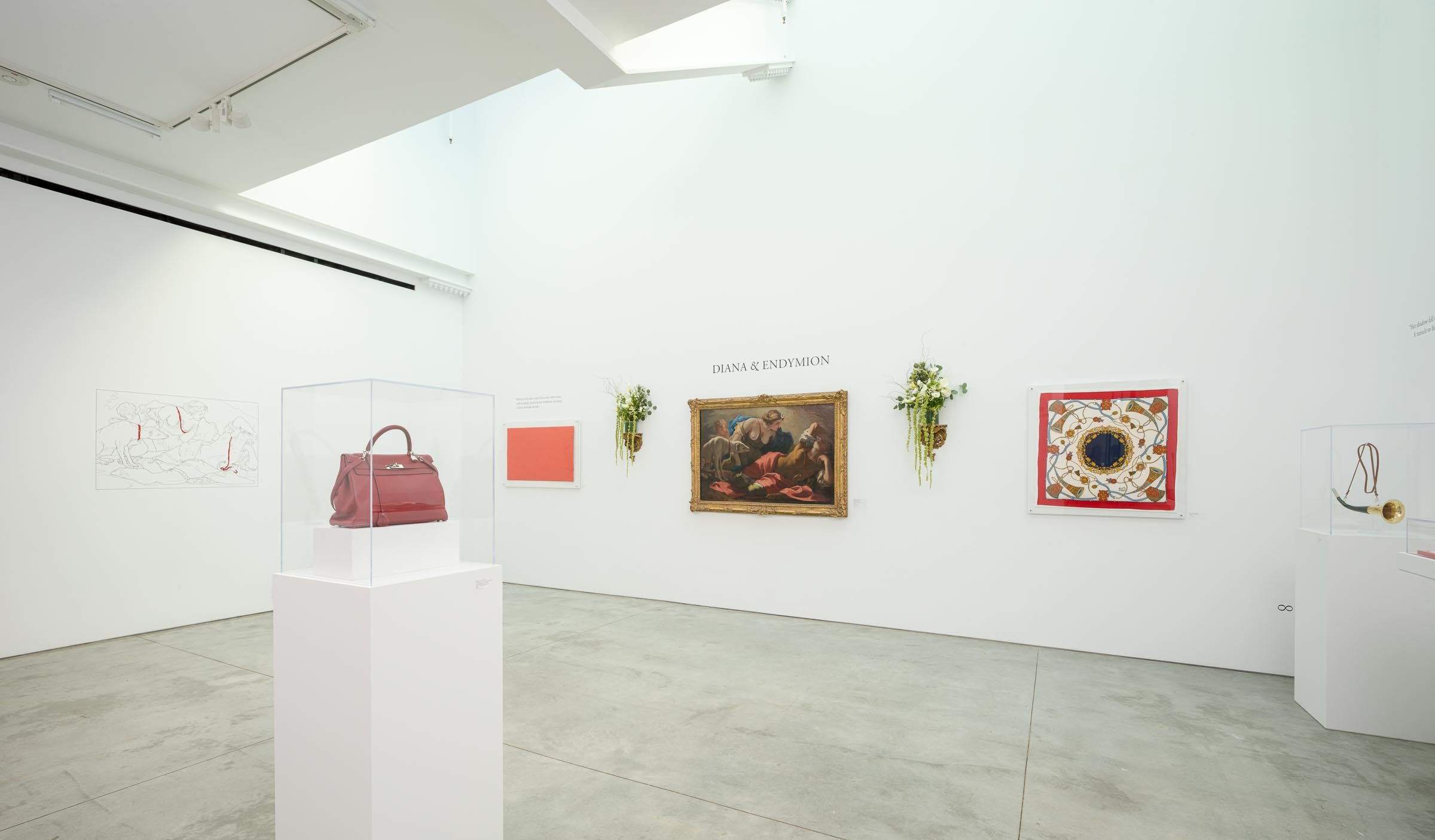
“Ricci is contributing to the transition from the tenebrism of the 17th century to the spiritual solarity of the next century and to the ‘Veronese revival,’ which will inspire and enlighten the work of all successive Venetian painters, including Tiepolo”
Christopher Bishop Fine Art will exhibit a long-lost work of art from the 18th century by Italian master Sebastiano Ricci from October 7 through November 22, 2022 in a special exhibition at Highline Nine, Gallery 8, 507 West 27th Street in Chelsea. The painting, titled Diana and Endymion, generated great excitement during its debut at the prestigious art fair TEFAF Maastricht, The Netherlands, from June 25-30, 2022. The viewing marks the first time the work will be shown in New York.
Christopher Bishop discovered a previously unknown painting by Italian artist Sebastiano Ricci (1659-1734), a master who revitalized Venetian painting and bridges the gap between the Baroque 17th century and the Neoclassical 18th Century. Lost for two centuries, Diana and Endymion (c. 1720) is exceptionally rare to find on the market, as Ricci’s work has been vigorously collected for centuries and most of his important paintings are in public collections.
Sebastiano Ricci (Italian, 1659–1734), Diana and Endymion, ca. 1720, oil on canvas, 94.3 x 147.3 cm (371/8x 58 in.)
“Ricci is contributing to the transition from the tenebrism of the 17th century to the spiritual solarity of the next century and to the ‘Veronese revival,’ which will inspire and enlighten the work of all successive Venetian painters, including Tiepolo,” said Annalisa Scarpa, the author of the catalogue raisonné on Sebastiano Ricci.
The sumptuous painting Diana and Endymion is based on Greco-Roman mythology, depicting Diana, goddess of the moon, gazing at the mortal Endymion, a young shepherd who has fallen into an eternal sleep. Full of theatricality, drama, and sexual tension, the work is an explosion of color and flesh, upending the usual presumptions about Old Master paintings.
The exhibition at Highline Nine will feature related work and objects from Renaissance Italy including a Baroque quiver for arrows from 1780, a period hunting horn, and ancient coins.
Christopher Bishop first spotted the painting in an online auction in the middle of the pandemic by a Florida-based auction house. Based on an instinct about the quality of the painting, Bishop bid the painting up far beyond expectations, with a hammer price of $200,000. Bishop had to wait until the painting arrived overnight in a van from Florida to see if he was right. On the street in lower Manhattan, he had his answer: a great painting emerged unwrapped from a blue moving blanket. The movers asked if he wanted the frame or if they should throw it away. “What frame?” Bishop asked. “Like magic from the darkness, out came the original Venetian frame, not even photographed or mentioned in the catalogue,” Bishop explained. “I told them, ‘no, no don’t throw that away. That’s evidence of the original owner. It’s invaluable.’”
“The unknown work had been in a Florida family’s collection,” said Bishop. “Our research located the painting in early 19th-century auction catalogs in London and Dublin with a paired painting, the Death of Orpheus. The dimensions are exactly the same,” noted Bishop. “The work is a rethinking of a large vertical painting Ricci created for Burlington House in London in 1713, now at Chiswick House. This new Ricci is even better than that work made for the Earl of Burlington. It’s a true masterpiece”
Sculpted from light, the body of Endymion is a study in chiaroscuro, the play of light and shadow. Diana is the very picture of a woman deeply in love, blindsided by the beauty of this Adonis laid out before her. The painting is centered on the shocking vermillion red of the mantle of Endymion, contrasted with the subtle aquamarine blues of Diana’s cloak and deep greens of her robes. The red lanyards of Diana and Endymion set off the diagonals of Ricci’s composition, underlining the growing sexual tension between the two figures. “The deep red of the lanyards, the dog’s collar, and Endymion’s cast-off overcoat are emblematic the life blood of the work, coursing throughout the painting. Ricci understood the power of Ferrari red long before Ferrari,” Bishop noted.
“When I saw that vermillion red and the gold glinting off the dog’s red collar, I knew we were dealing with a first-rate master. The pure white of the dog, its floppy ear, its scrunched-up nose—that is Ricci’s dog, no doubt in my mind,” said Bishop. “It is the same dog that appears in half a dozen of his paintings, including in the Diana and Her Dog at the Getty Museum. It is better than a signature, it is a signature in brushstrokes.”
Ricci was working for the most prominent collectors of the English high aristocracy of that time. “This was a special commission for a very important person with great taste. Imagine walking into their salon in 1720—the Diana and Endymion on one side: tragic love commences. The Death of Orpheus, its lost pendant or paired painting, on the other: the violent end of love. How epic and beautiful,” Bishop added.
“A detail of the painting particularly strikes me: The total and absolute concentration of gazes towards the dormant youth, dozing in his sleep. It is as if, an impending tragedy focuses the spirits of all three of them: the goddess, the cupid and the dog,” said Scarpa. “This is a meaningful and luring moment which captures our attention, as active spectators, towards the sleeping figure, who will never awaken due to the magic of the goddess that her father Zeus made possible. The effect is to create an uncanny empathy between all of the actors of the story and the viewer. We are witnesses to a myth in which no one suffers, but instead everyone lives in youthful eternity.”
The painting is accompanied by a catalogue titled Love, Loss, and Immortality: Sebastiano Ricci’s Diana and Endymion, which explores Ricci’s sources of inspiration, from contemporary poetry, music, and opera to sculptural works by Michelangelo and Bernini.
